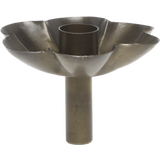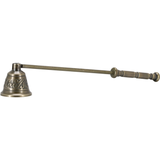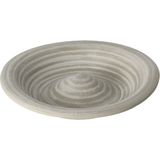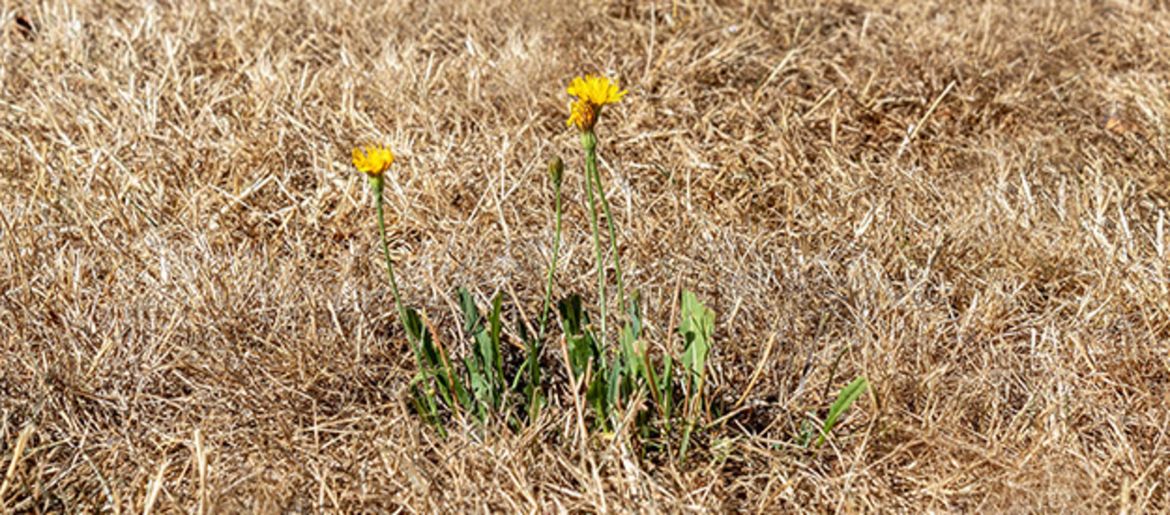Grass Damage: Fix it Before it is Too Late
Looking out to see brown spots and gaps in your grass? Missing your formerly green lawn?
If your lawn has suffered during the summer, a lack of minerals and trace elements may be responsible. This means it is time to fertilise what is left of your lawn. The beginning of September, when autumn hasn't quite arrived yet is the perfect time to start. Remember to provide your lawn with nutrients before winter comes!
What a lawn needs
In addition to obvious nutrients like water, oxygen and carbon dioxide, a beautiful lawn also needs minerals like nitrogen, potassium, magnesium and phosphorus. Nitrogen stimulates growth and regeneration so it's just the thing for spotty lawns. Phosphorus supports the metabolism and roots, making the lawn more resistant. Magnesium provides a rich green.
Even small amounts of calcium, iron, copper, sulfur and zinc are necessary to get your lawn back in tip-top shape!
Fertilise in the fall
Even if your lawn still looks relatively good, you should still fertilise it in the fall - until mid-October at the latest. After all, winter is just around the corner and your grass needs the right nutrients to be protected from frost and grow sturdy and strong.
Potassium is important for winter-proofing your lawn. This nutrient strengthens the cell walls of the grass and also increases the salt concentration in the sap of the plant cells. The effect is similar to the effect of using salt on the road: it reduces the freezing point of the cell and thus the grasses, which prevents or reduces frost damage.
Fertilise in the evening
It is best to fertilise the lawn in the evening, ideally on a day when it should rain overnight. Rain ensures that the fertiliser penetrates deeper into the earth. It is also helpful if the sun doesn't shine on the sensitive fertiliser the next day. If it doesn't rain, you can help out with a garden home.
Do not use a normal fertiliser
Don't use a normal fertiliser in the autumn. Normal fertiliser has a very high concentration of nitrogen, which stimulates the growth of grasses too much, leading to more damage long term.
How do I fertilise?
You really go wrong as long as you take care to distribute the fertiliser as evenly as possible. Spreaders are also helpful!
If you fertilise by hand, it is best to fertilise crosswise- do one half in the longitudinal direction, then the other half going in the opposite direction.
The more exact you are when you are fertilising, the less likely it is that you'll see gaps in the grass.
What about mowing?
The further we get into the fall, the higher we should set the cut length of the mower. It should be at least five centimetres higher than in midsummer. Higher lawns less often have bald spots, and bald spots are susceptible to mould. In addition, longer blades of grass use the increasingly sparse light in October and November better, which provides for stronger grass and less moss or weed infestation.
Always remember to remove fallen leaves, which attract mould.
Latest reviews
-
 3.0 (2)
3.0 (2)Chic Antique Candlestick Holder - Flower, H 9,5 / D 6 cm
-50%- Made of robust iron
- Flower-shaped bowl
- Collects melting candle wax
€ 3,68 € 7,39Delivery by January 20
-
 1.0 (1)
1.0 (1)Chic Antique Candle Snuffer
- Dimensions: L22/D4 cm
- Safe extinguishing of stick candles
- Practical and handy
€ 12,99Delivery by January 20
-
 2.0 (1)
2.0 (1)Esschert Design Ceramic Bird Bath
- Made of beautiful ceramic material
- With a raised centre section
- Dimensions: Ø 28.8 x H 5.5 cm
€ 17,99Delivery by January 20
-
 5.0 (2)
5.0 (2)Lechuza Mega Figure - Gnome Kristoff (green)
- Suitable as a gift and as decor
- Movable joints like a Playmobil play figure
- Height: approx. 64 cm
€ 67,99Delivery by January 20
Magazine Articles:
Discover Bloomling:
-
Austria: Free standard delivery from € 39,90
-
Free
returns -
24-hour shipping
More than 11.600 products

